
Fle$h-Eating Bacteria K!lls 8 — Health Officials Sound the Alarm
At least eight people have died from a rare but d:eadly “flesh-eating” bacteria along America’s Gulf Coast, triggering a wave of urgent public health warnings from officials in Louisiana and Florida. The bacteria in question, Vibrio vulnificus, thrives in warm, brackish waters and can cause life-threatening infections — particularly in vulnerable individuals or those with open wounds.
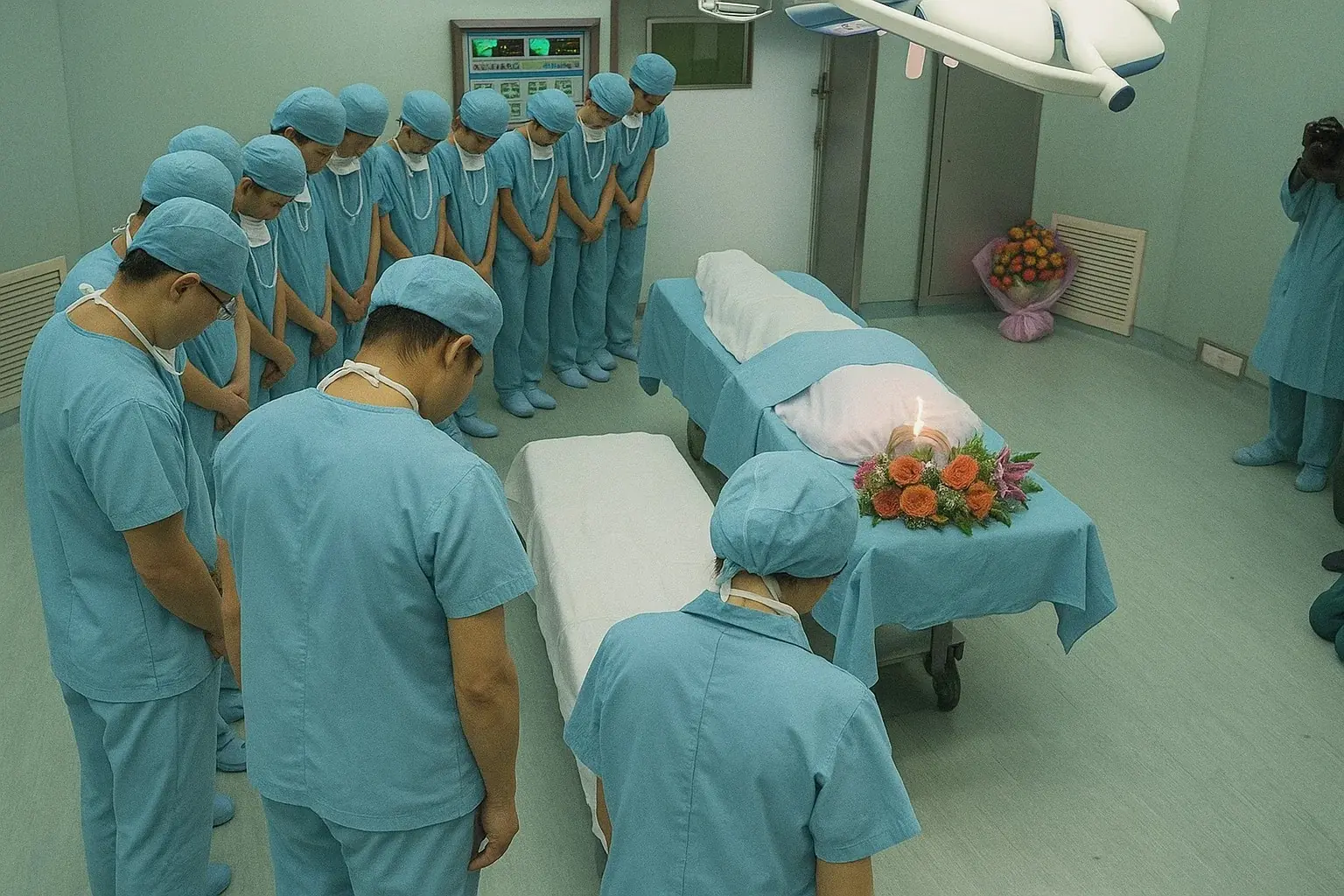
"Flesh-Eating Bacteria" Outbreak Sparks Warnings Across Gulf States
On July 30, the Louisiana Department of Health issued an alert following a concerning spike in cases. As of that date, 17 infections had been reported in the state. All required hospitalization, and four tragically ended in death.
Just days earlier, Florida officials released data showing 13 confirmed cases and four additional fatalities related to the same bacteria as of July 24.
In its statement, the Louisiana health department noted that the number of cases is "higher than typically reported." Over the past 10 years, the state has averaged only seven cases and one death per year during the same seasonal timeframe.
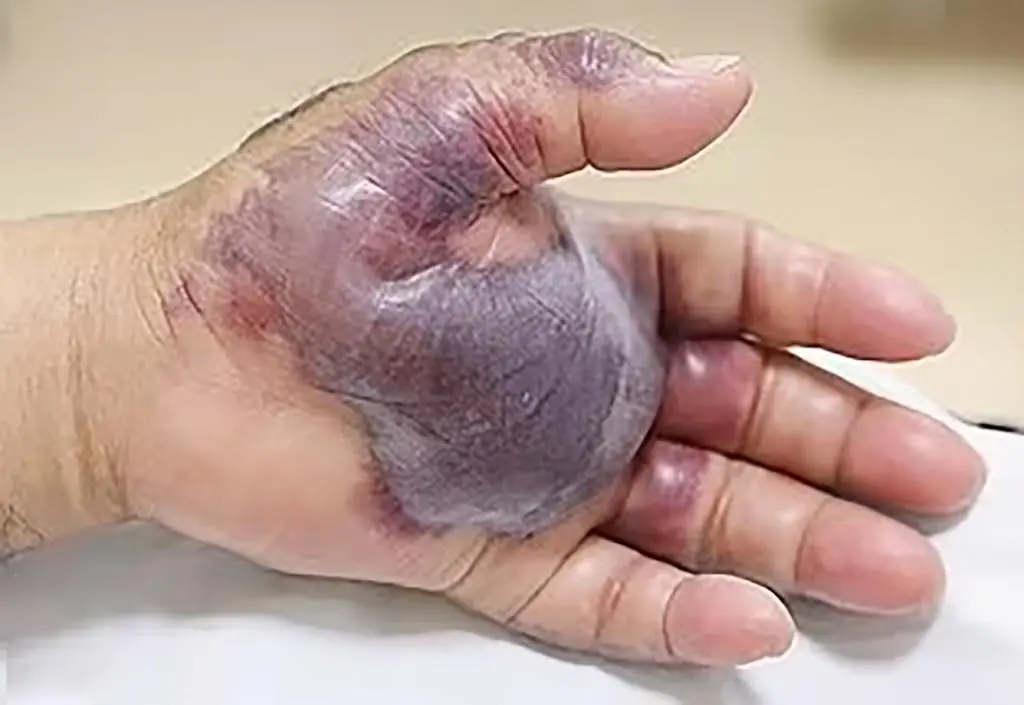
What Is Vibrio Vulnificus — And Why Is It So Dangerous?
According to health officials, Vibrio is a naturally occurring bacteria found in warm, low-salinity marine waters. It’s responsible for approximately 80,000 illnesses each year in the United States, but Vibrio vulnificus is the most dangerous strain, capable of causing severe wound infections, sepsis, and necrotizing fasciitis — a fast-spreading infection that destroys skin, muscle, and tissue.
This d:eadly bacterium can enter the body in two primary ways:
- Through open wounds exposed to seawater or brackish water.
- By consuming raw or undercooked shellfish, especially oysters.
According to the Louisiana Department of Health, 75% of recent cases involved some form of seawater or wound exposure.
While the bacteria isn’t spread from person to person, people with certain pre-existing conditions are at higher risk, including:
- Liver disease
- Diabetes
- Weakened immune systems
- Chronic illnesses
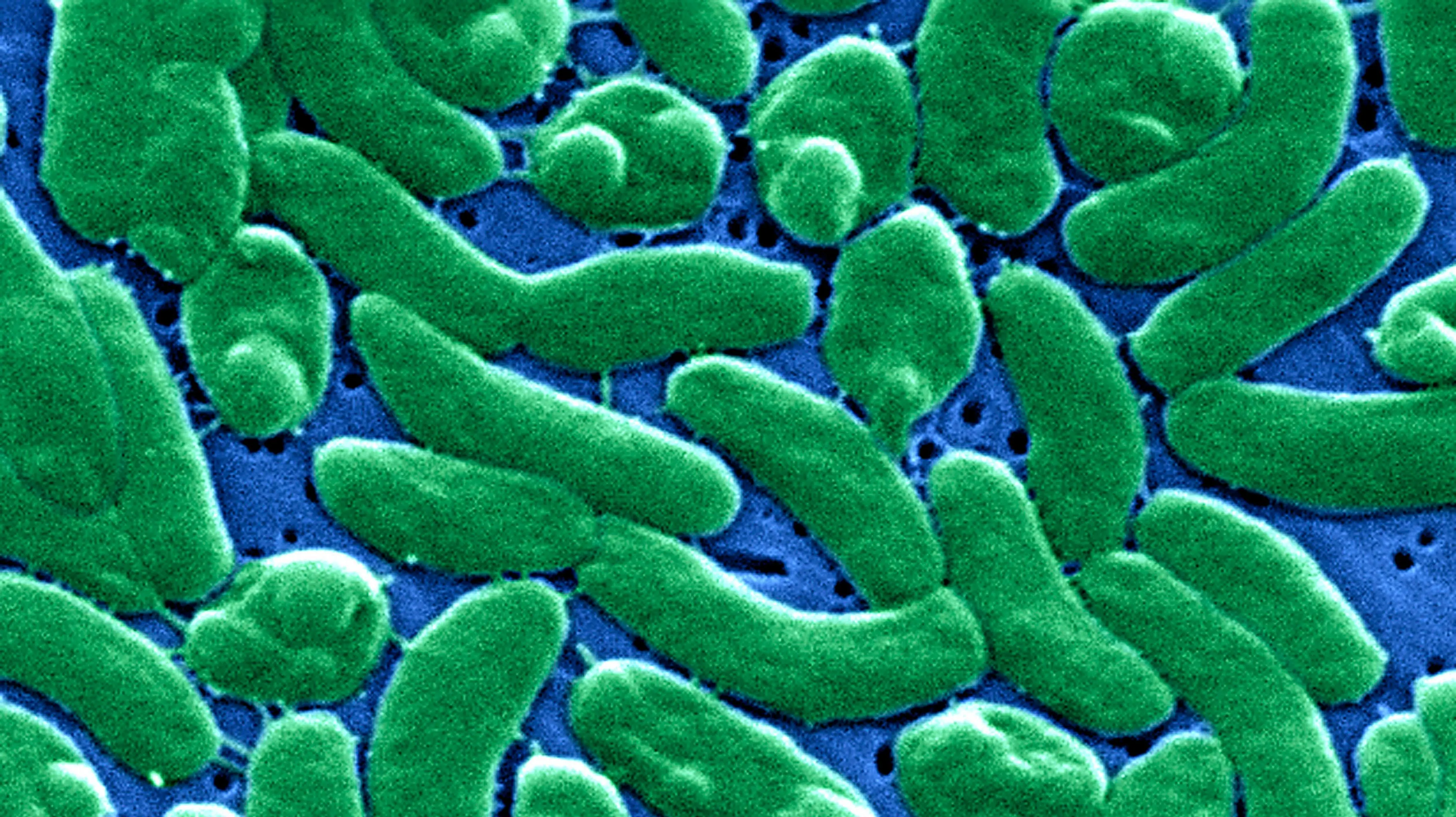
Symptoms to Watch For
The early symptoms of Vibrio vulnificus infection can appear quickly after exposure and may include:
- Fever and chills
- Low blood pressure
- Nausea and vomiting
- Painful skin lesions
- Hemorrhagic bullae — large blood-filled blisters
- Rapid tissue death (necrosis)
“Quick treatment of the infection is crucial to reduce the possibility of death,” the Louisiana health department emphasized.
The Cleveland Clinic also warns that Vibrio-related infections should never be taken lightly: “You shouldn’t wait for a Vibrio vulnificus infection to go away on its own.” Immediate medical intervention is vital.
How Is It Treated?
If caught early, aggressive treatment can improve outcomes. The Louisiana Department of Health recommends:
- Prompt antibiotic therapy
- Immediate surgical intervention if necessary
- Thorough wound care, including the removal of d:ead tissue
In some severe cases, amputation may be necessary to prevent the infection from spreading further.
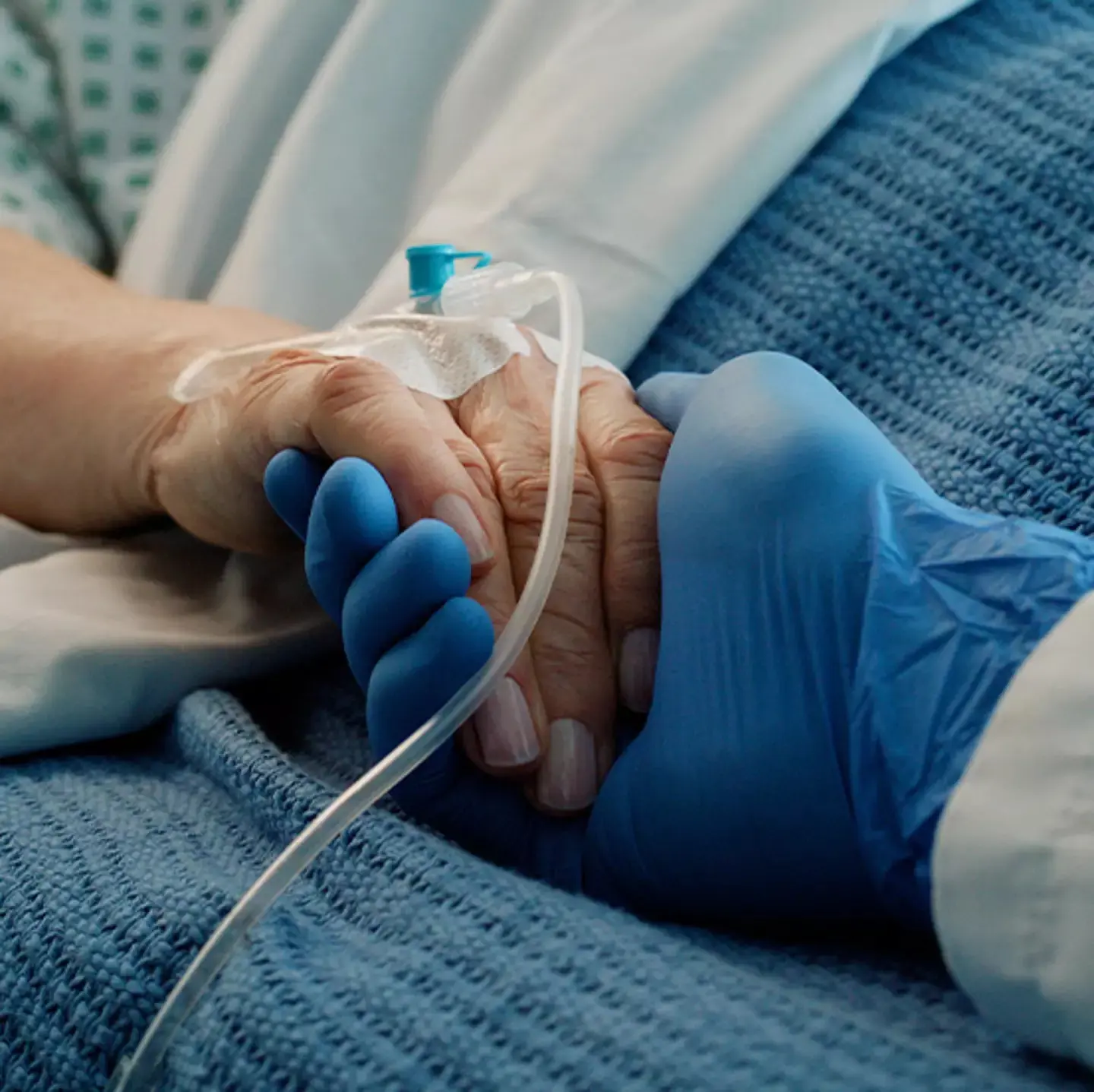
How to Protect Yourself From Vibrio Vulnificus
Health departments in both Louisiana and Florida have shared simple but critical precautions:
- Avoid swimming in salt or brackish water if you have cuts, sores, or open wounds
- Cover wounds with waterproof bandages
- Wear protective footwear when walking on beaches or in water, especially if you’re immunocompromised
- Avoid eating raw or undercooked shellfish, particularly oysters
Those with chronic conditions or weakened immune systems are advised to be especially cautious when visiting coastal waters during the summer months, when water temperatures rise and bacterial levels increase.
A Growing Threat Linked to Climate
Experts have noted that climate change and rising ocean temperatures may be playing a role in the increased frequency and geographic spread of Vibrio vulnificus infections. Warmer waters allow the bacteria to proliferate in areas previously unaffected, which could pose a growing public health risk if left unaddressed.
Final Thoughts
While infections from Vibrio vulnificus are rare, they can be severely debilitating — or even d:eadly — if not treated quickly. The recent spike in cases and deaths across the Gulf Coast is a stark reminder that environmental factors, health conditions, and lifestyle choices can all intersect in unexpected — and dangerous — ways.
“Awareness and early intervention are your best defense,” health officials say. If you experience symptoms after being in warm coastal waters or eating shellfish, seek emergency care immediately.
News in the same category

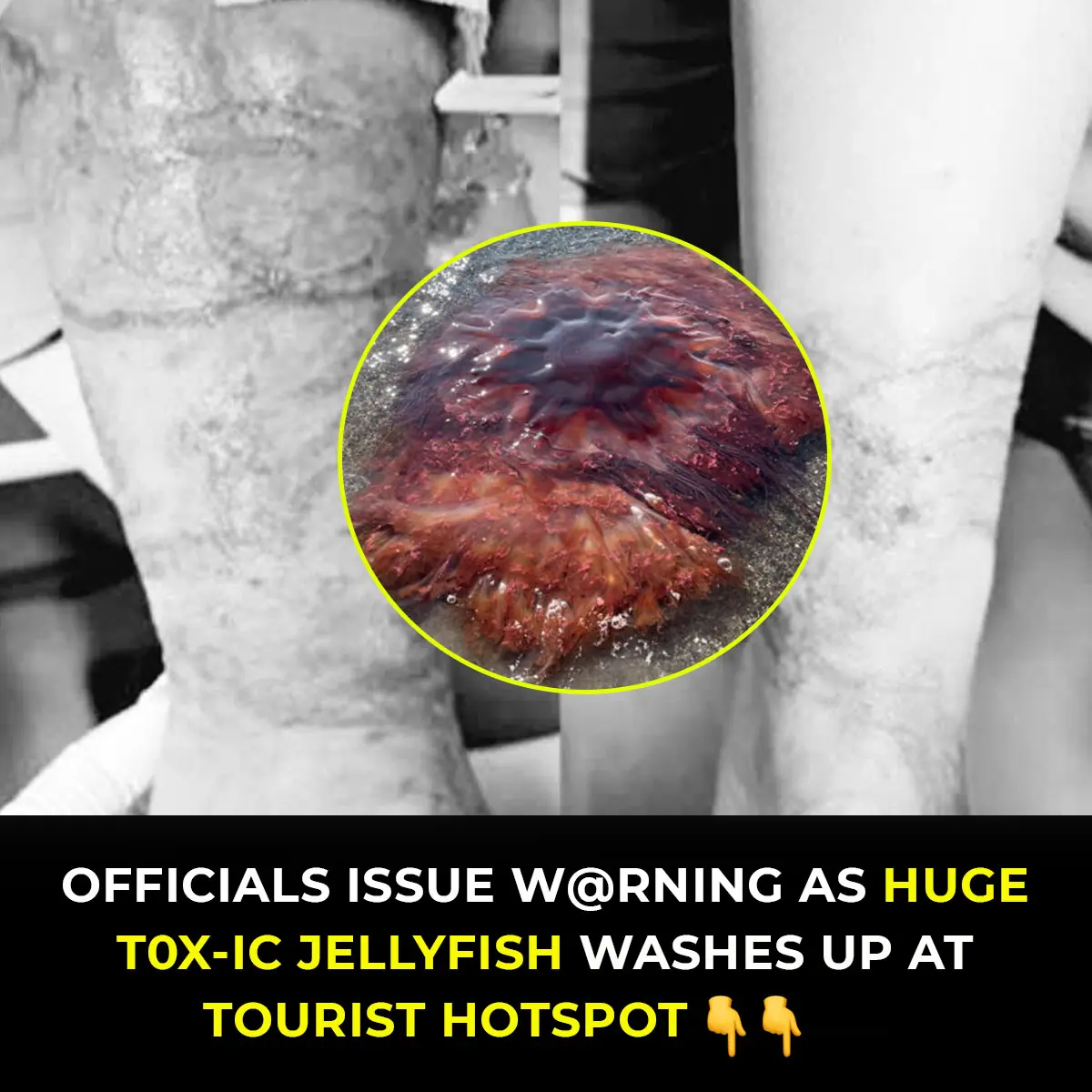
Officials Warn Tourists As Giant Toxic Jellyfish Washes Ashore At Popular Beach

When Nighttime Leg Cramps Become a Concern
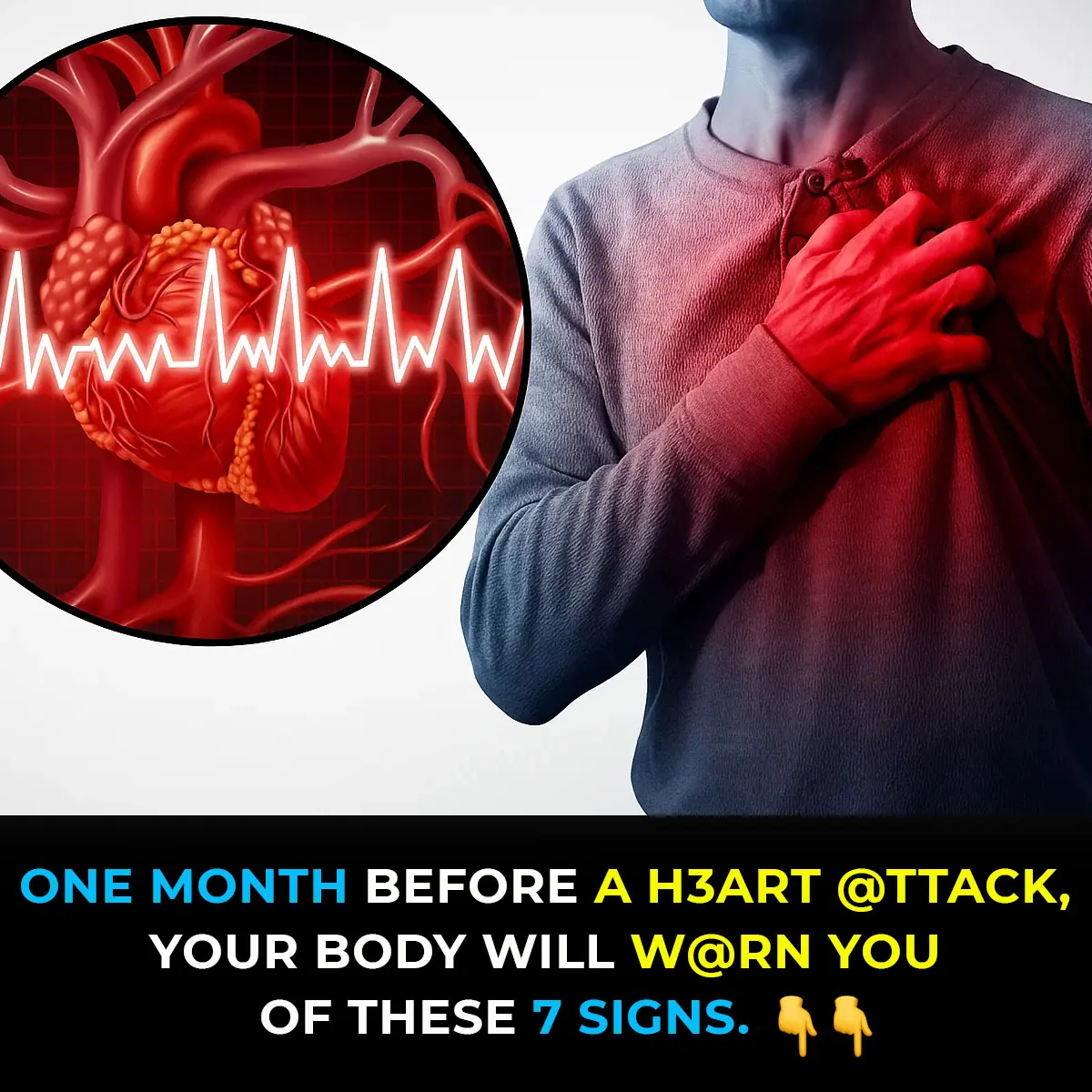
One Month Before A Heart Attack, Your Body Will Warn You Of These 7 Signs
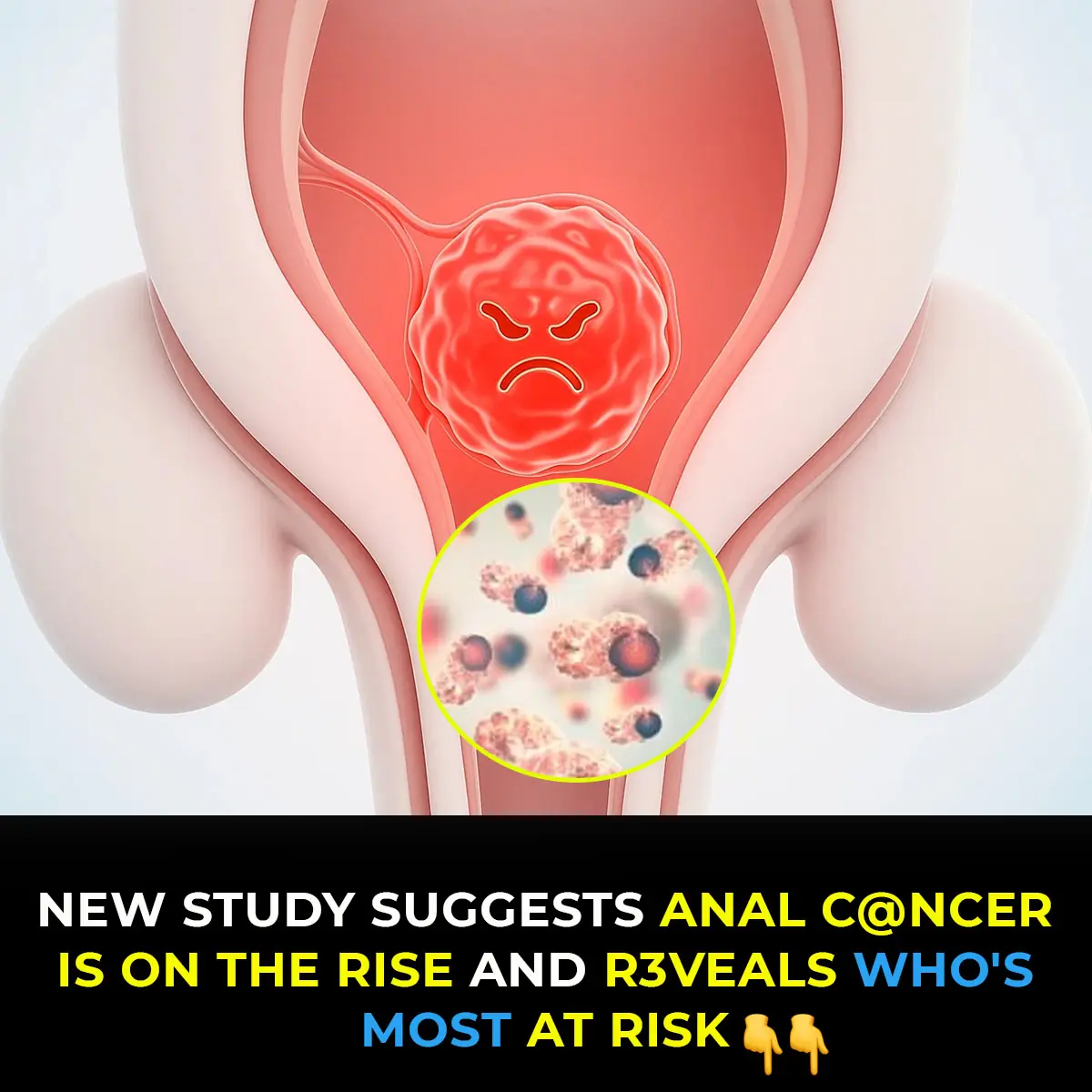
Researchers Sound Alarm Over Surge In Anal Cancer And High-Risk Populations
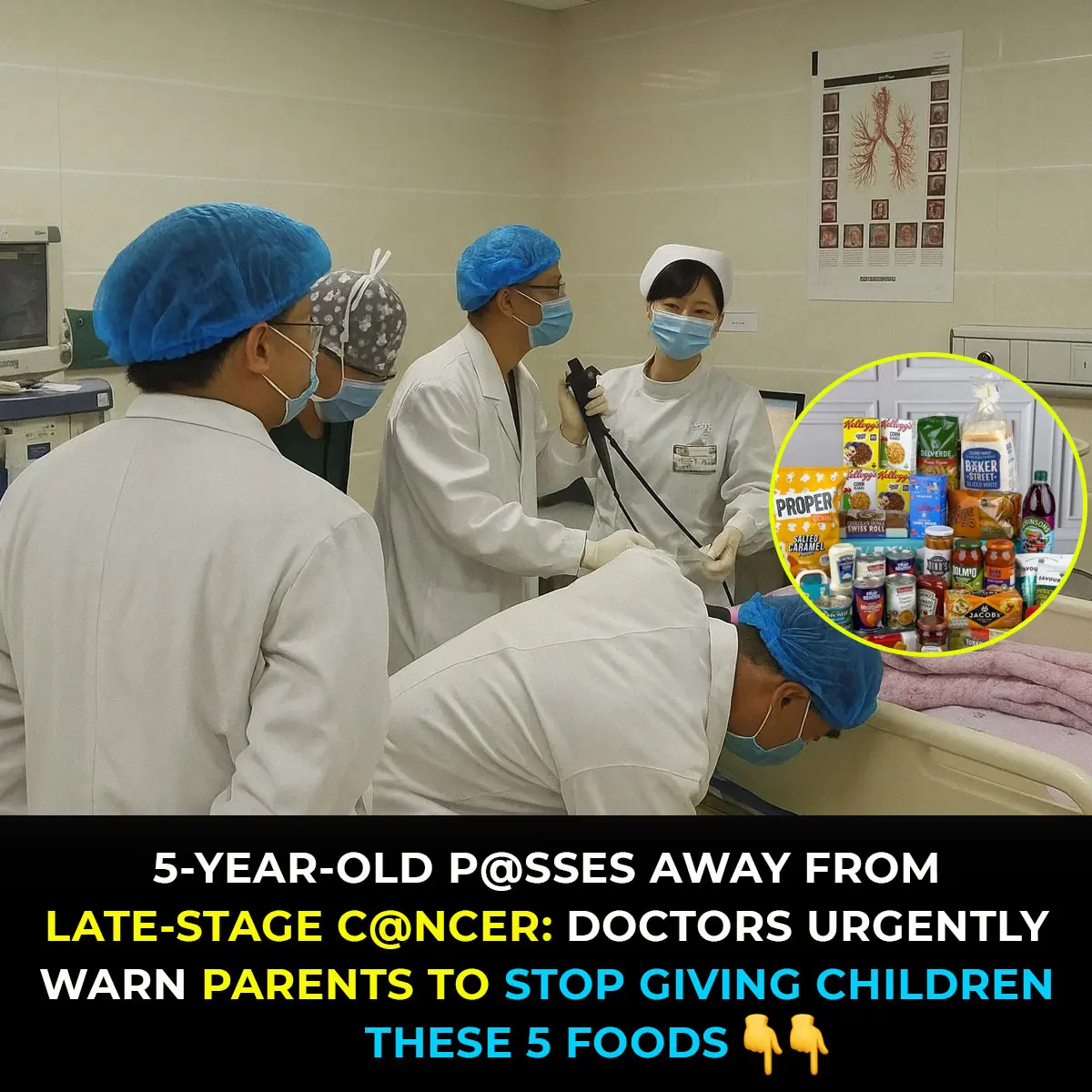
5 Things Doctors Say You Should Never Give Your Kids to Help Prevent C@ncer

6 Powerful Castor Oil Benefits for Your Health and Wellness
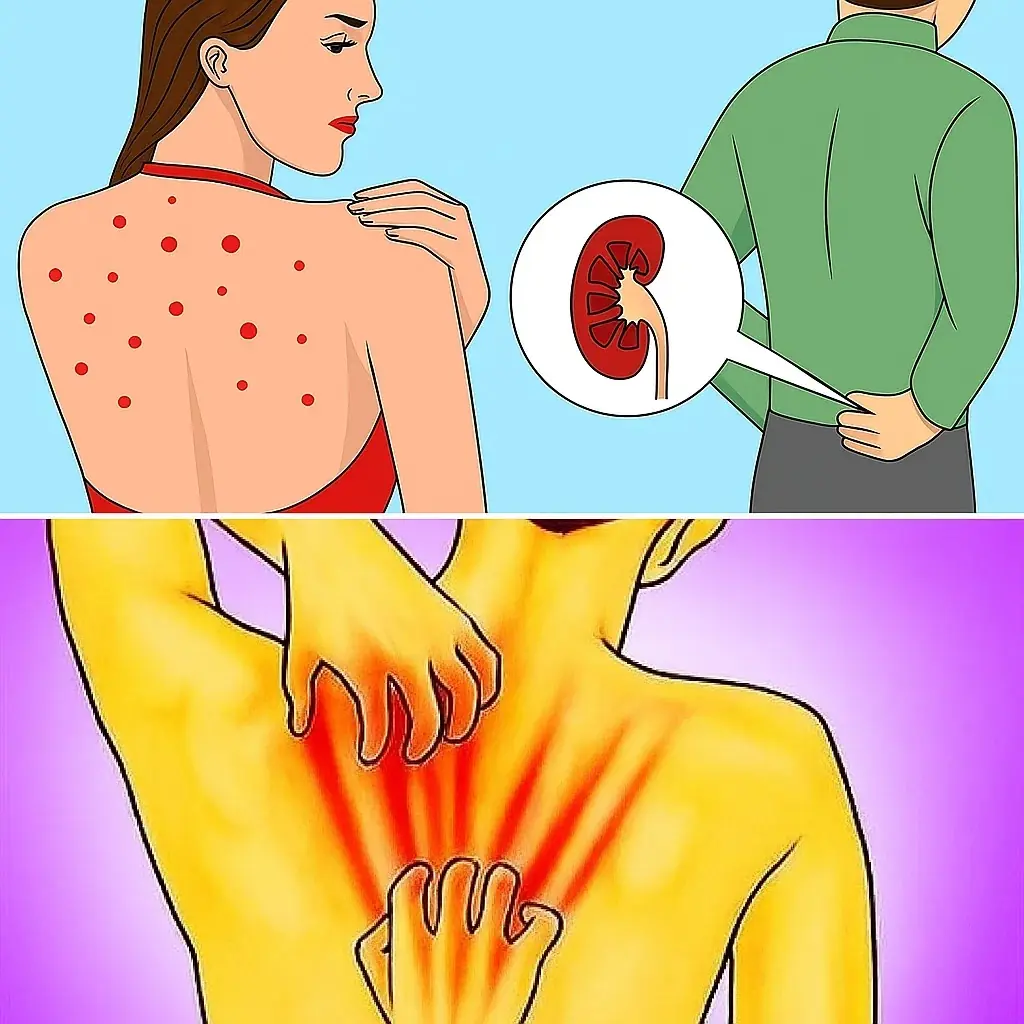
10 Warning Signs Your Kidneys May Be in Serious Danger
Your kidneys quietly work around the clock to keep your body in balance, but when they start to fail, the symptoms can be subtle and easily overlooked. Spotting these early warning signs could save your health—and even your life.

Evidence-Based Health Benefits of Honey (Raw, Pure, Natural) + Turmeric Golden Honey Recipe

Cancer Is Painless At First, But If You See These 8 Signs When Going To The Bathroom, You Should Go For An Early Check-Up
Changes in bowel movements can sometimes be an early red flag for colon cancer, even when other symptoms seem absent. Understanding what’s normal — and what isn’t — could make all the difference in getting timely help.

Home Remedies for Blocked and Stuffy Nose

Woman Reveals the Sh0cking Fantasy Over 50% of Married People Secretly Admit To Having
Over half of married people admit to secretly fantasizing about an ex — a habit experts say can trigger emotional detachment and strain current relationships. While revisiting old memories may feel harmless, psychologists warn it could signal deeper iss

Doctors Warn 3 “Don’ts” After Meals—And 4 “Don’ts” Before Bed To Prevent Stroke At Any Age
Up to 80% of strokes can be prevented, and the key lies in small daily habits — especially right after meals and before bedtime. Science now reveals 3 post-meal and 4 pre-bed “don’ts” that can protect your brain, heart, and long-term health at any
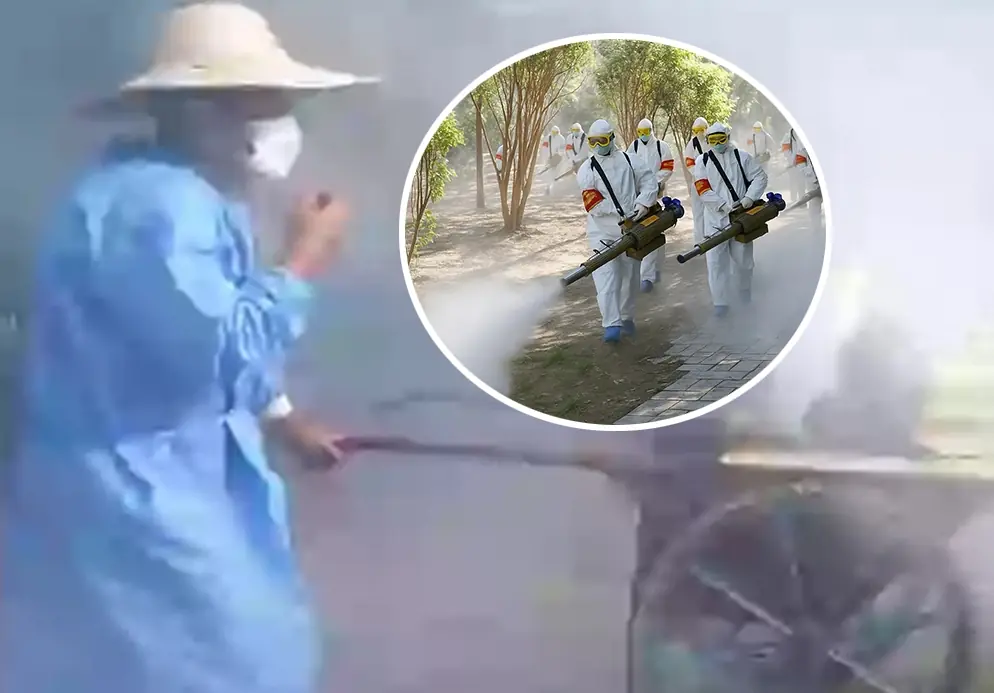
Symptoms of Chikungunya virus revealed as China takes 'COVID measures' after reporting 7,000 cases
China is on high alert after more than 7,000 Chikungunya virus cases were reported across 13 cities in Guangdong, prompting swift containment measures. Unlike COVID-19, this mosquito-borne disease spreads through bites, but its painful symptoms and rapid

Foamy Urine: Here’s Why You Have Bubbles in Your Urine
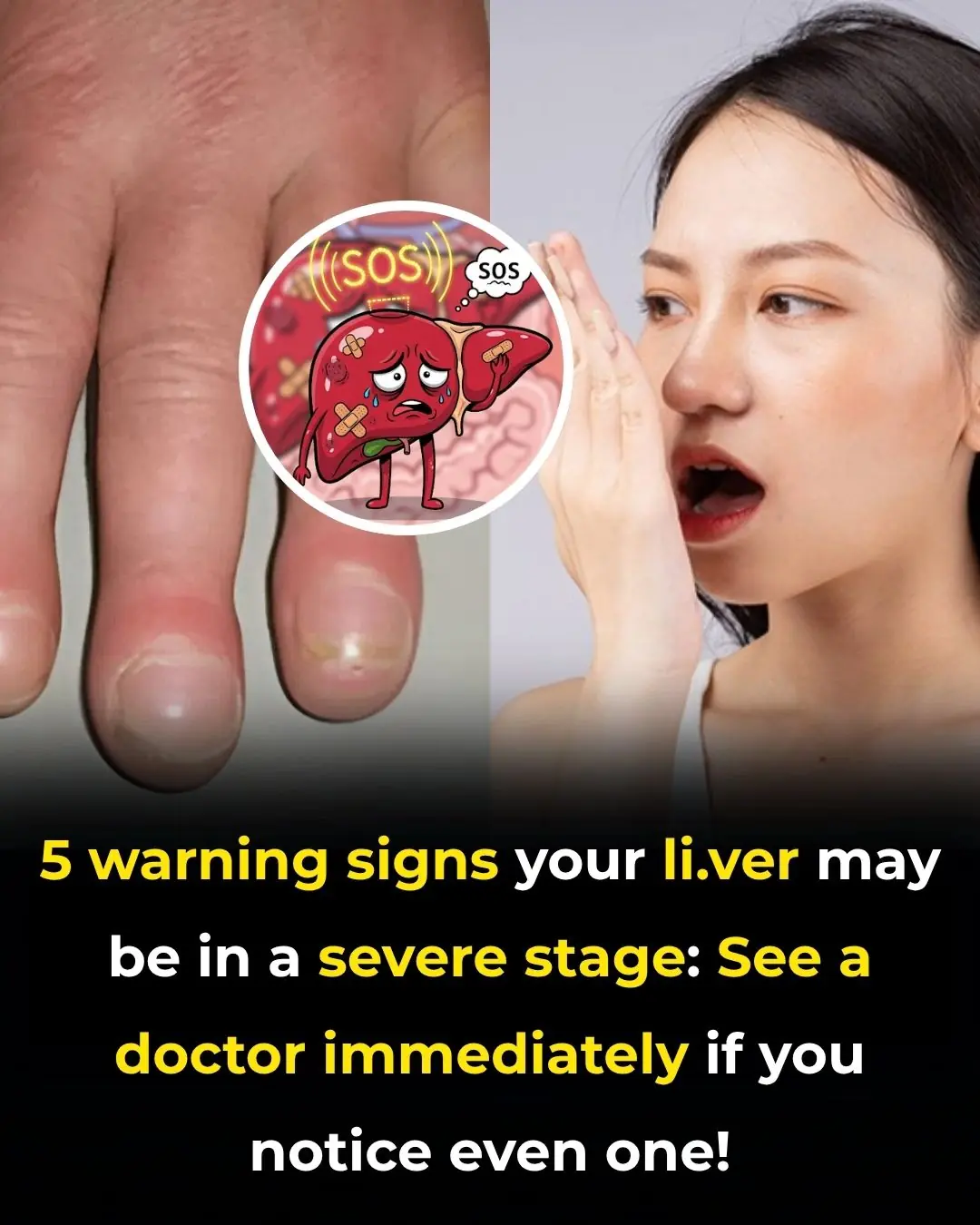
Bruising Easily? Itchy Skin? 5 Hidden Signs of Liver Damage You Might Be Overlooking
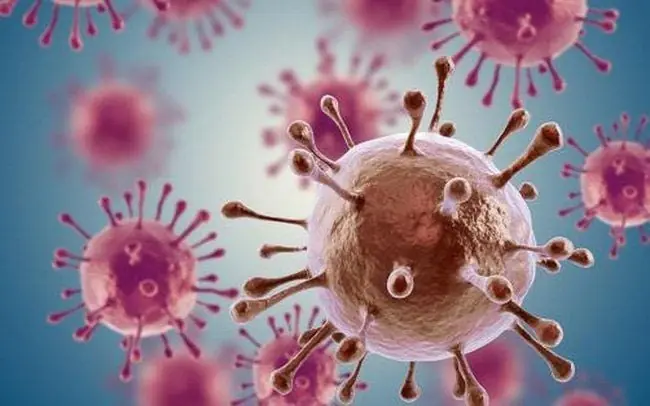
The 20 Most Potent Cancer-Fighting Foods Hiding in Plain Sight

You’re Drinking Water Every Day but This One Mistake Is Costing You

If Your Partner’s Breath Is Brutal, Just Make This One-Ingredient Fix This Morning
News Post

A Late-Night Uber Ride That Changed a Life.

The Only Thing My Late Dad Left Me Was a Rusty Key, and I Thought It Was a Joke Until My Cousin Offered Me $10,000 for It – Story of the Day
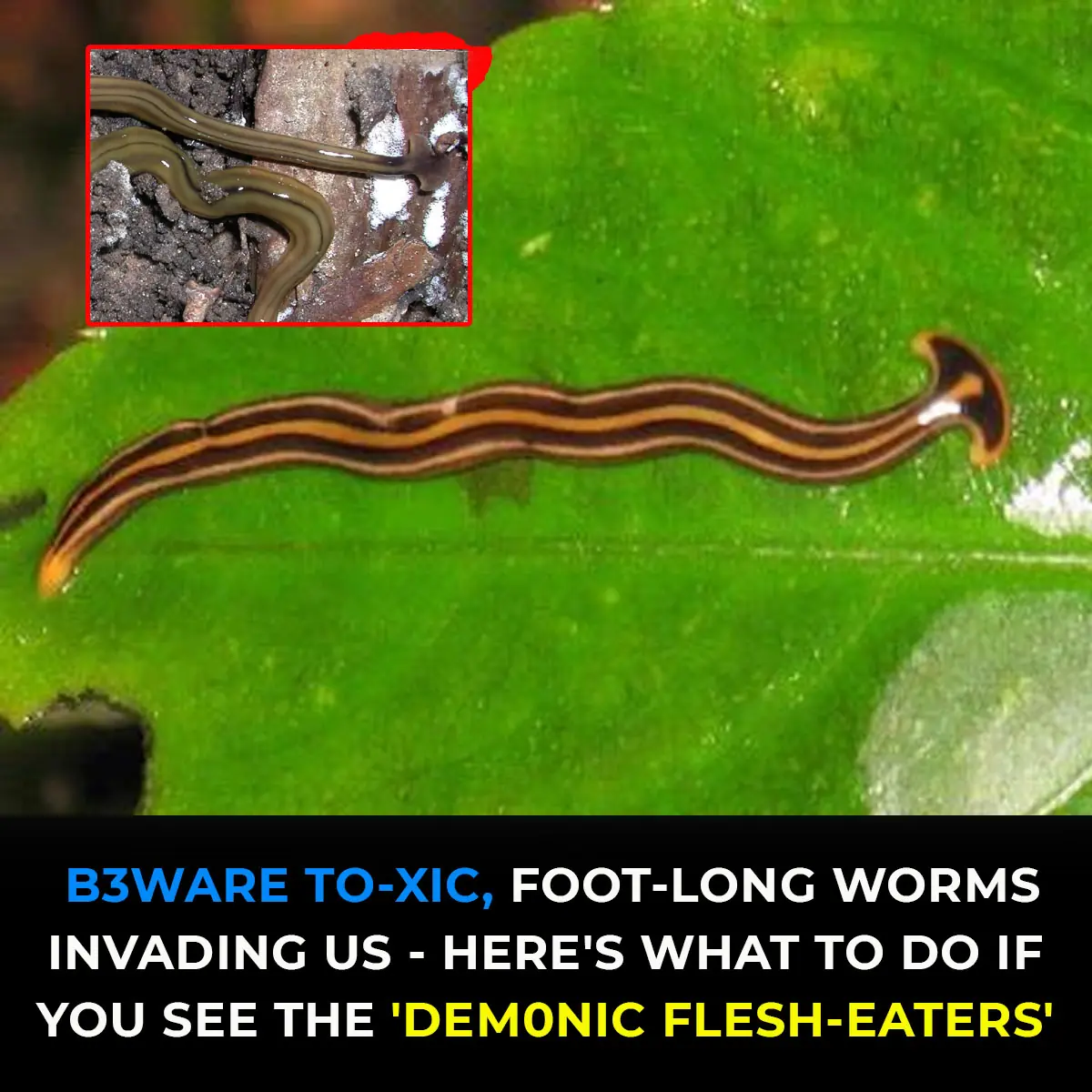
You Should Never Ignore These 9 Things Your Fingernails Reveal About Your Health

Scientists Warn Foot-Long “Demonic Flesh-Eating” Worms Are Invading The U.S.—Here’s What To Do

Officials Warn Tourists As Giant Toxic Jellyfish Washes Ashore At Popular Beach

When Nighttime Leg Cramps Become a Concern

One Month Before A Heart Attack, Your Body Will Warn You Of These 7 Signs

Coca‑Cola Fires Back After Trump Claims He Switched The Coke Recipe

Researchers Sound Alarm Over Surge In Anal Cancer And High-Risk Populations

5 Things Doctors Say You Should Never Give Your Kids to Help Prevent C@ncer

6 Powerful Castor Oil Benefits for Your Health and Wellness

A Wild Kingfisher, Three Generations, and the Unspoken Language of Love.

More Than a Win: The True Victory of the Cooma North Boys.

Moment two AI agents realise they're talking to another AI and switch to their own bizarre language

Woman earns hundreds every day just by sitting in New Yorker's cars

My Husband Threw Away the Chicken I Cooked Saying 'You'll Thank Me Later' – When I Found Out Why, I Filed for Divorce

The Ride That Changed Everything.

My Sister Brought My Ex to My Wedding and I Was Stunned, but Then Her Speech Changed Everything – Story of the Day

10 Warning Signs Your Kidneys May Be in Serious Danger
Your kidneys quietly work around the clock to keep your body in balance, but when they start to fail, the symptoms can be subtle and easily overlooked. Spotting these early warning signs could save your health—and even your life.
